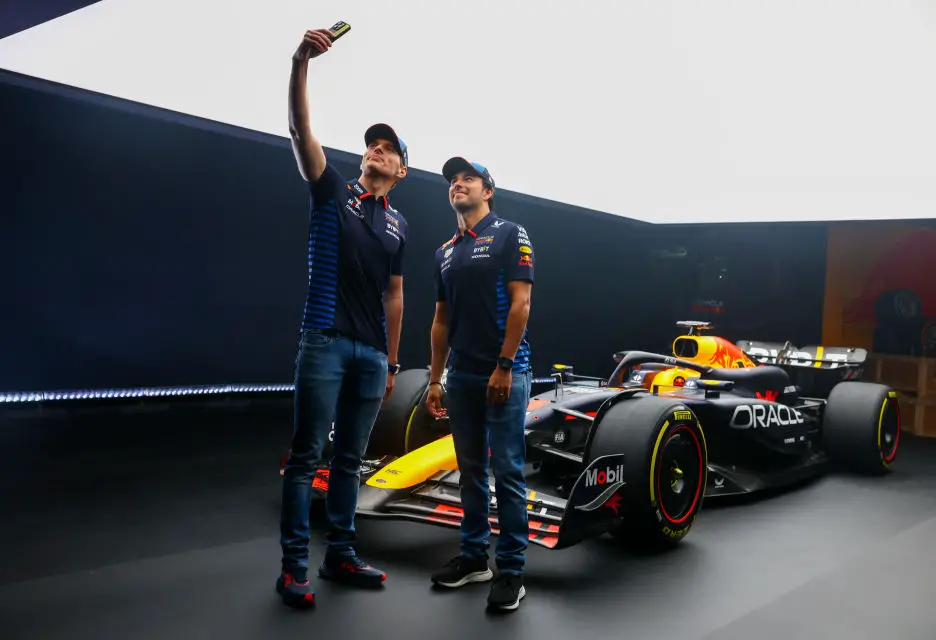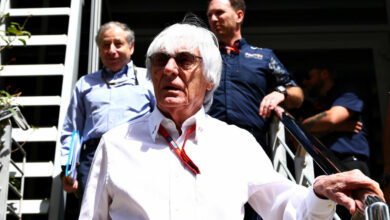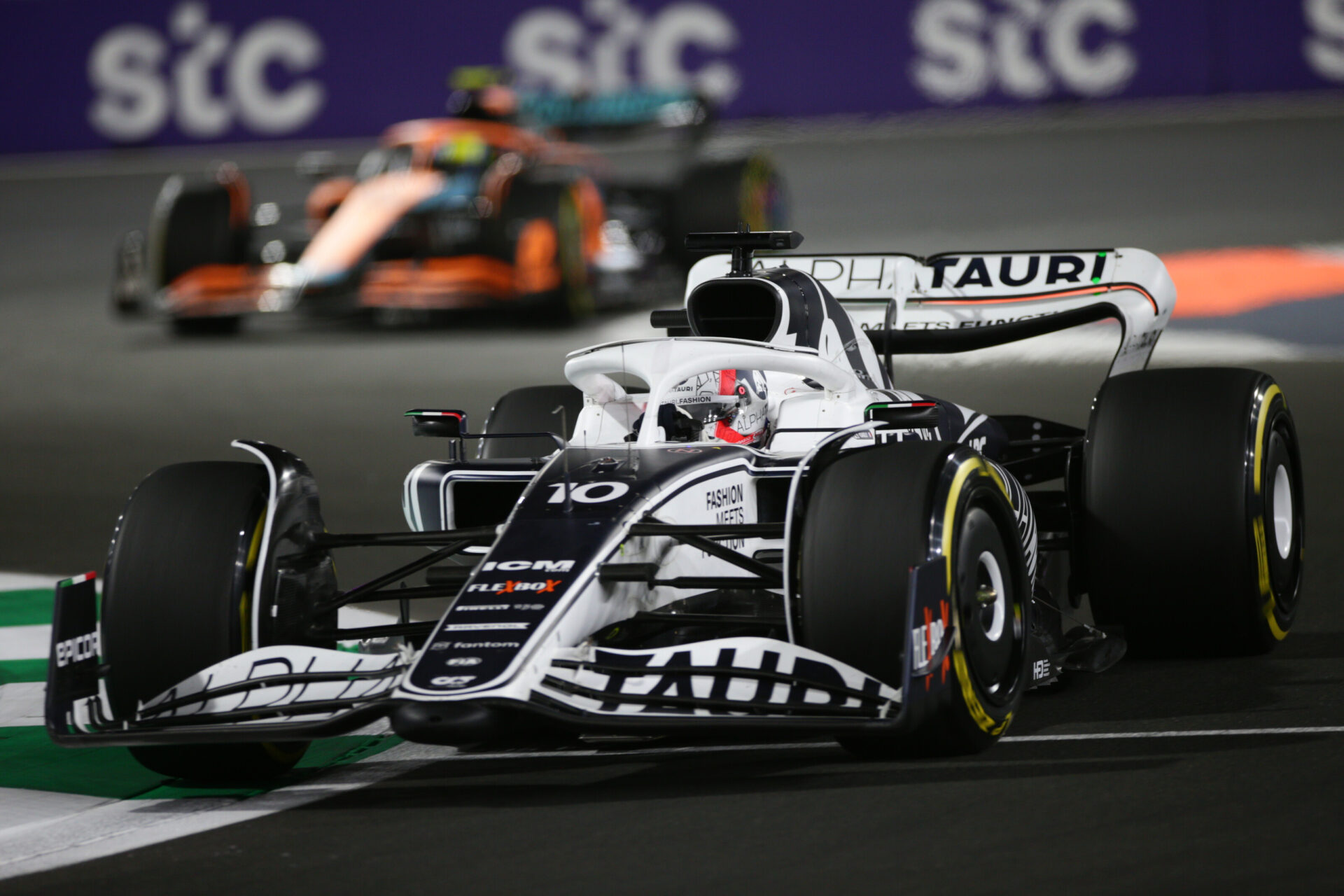Red Bull Rumoured to Transition to Zero-Pod Design Later in 2024 F1 Season
Red Bull Racing is reportedly considering a shift to a zero-pod design for their RB20 later in the 2024 Formula 1 season, potentially echoing Mercedes’ past innovations.
Key Takeaways:
- Innovative Design Transition: Red Bull Racing plans to transition their RB20 from its current high-waisted engine cover to a zero-pod design, similar to past iterations seen in Mercedes’ W13 and W14. This change is expected to occur after the initial races in hot climates, with Japan likely being the starting point for the new layout.
- Strategic Adaptation Strategy: Despite the challenges Mercedes faced with the size-zero concept, Red Bull aims to leverage its compact sidepod radiator inlets for a tighter bodywork configuration. This strategic move demonstrates the team’s commitment to aerodynamic innovation and staying competitive amidst regulatory constraints.
- Regulatory Creativity: Red Bull’s approach extends beyond aerodynamics, as they creatively navigate Aerodynamic Testing Restrictions (ATR) by repackaging internal components for enhanced cooling. This allows the team to make external bodywork refinements without exceeding their limited testing allowance, showcasing their ingenuity in maximizing performance within regulatory boundaries.

As the 2024 Formula 1 season progresses and the championship moves away from hot climates, such as Bahrain and Saudi Arabia, Red Bull Racing is rumored to be planning a significant design shift for their RB20 car. The team, known for its innovative approach to engineering, is reportedly considering transitioning to a zero-pod design, similar to concepts previously employed by Mercedes.
The move is anticipated to occur after the initial races, starting with Japan, where the demands on cooling systems are less stringent compared to the scorching conditions experienced in Bahrain and Saudi Arabia. Red Bull’s potential adoption of the zero-pod layout harks back to the era of Mercedes’ dominance with the W13 and W14, before the team shifted to a more conventional downwash sidepod design.
Speculation about Red Bull’s design intentions arose after observers noted vertical inlets under the sidepods during the RB20’s reveal. This prompted questions regarding the team’s plans for the traditional sidepods, leading to rumors of a possible design overhaul later in the season. Christian Horner, Red Bull’s team principal, addressed the evolving design landscape in F1, emphasizing the team’s commitment to continuous improvement and innovation:
“Logically, there’s going to be convergence with stable regulations. We can see other cars have taken an influence from the RB19. So, I think the team has done a wonderful job on RB20. They haven’t sat on their laurels, and you can see that they’ve pushed the boundaries with the car…”
Horner clarified that the potential shift towards a Mercedes-like engine cover is performance-driven, stating, “It’s not tactical. It’s based on performance and what we’re seeing through our simulation tools.”
Red Bull’s rumored transition to a zero-pod design underscores their dedication to pushing boundaries and staying ahead in the fiercely competitive world of Formula 1. By creatively leveraging regulatory loopholes and focusing on aerodynamic efficiency, the team aims to maintain its position as a frontrunner in the championship battle.



